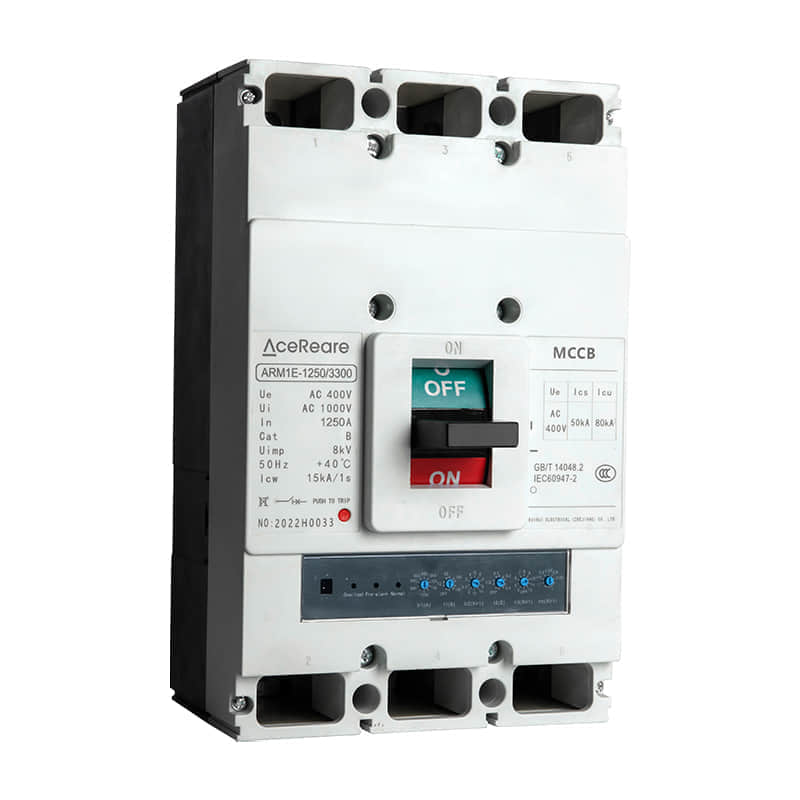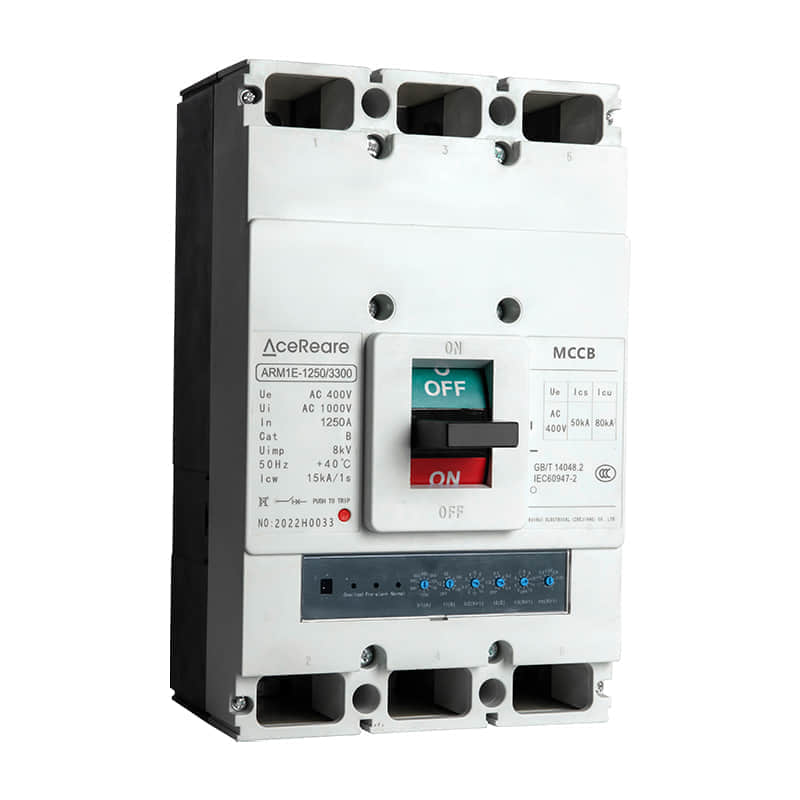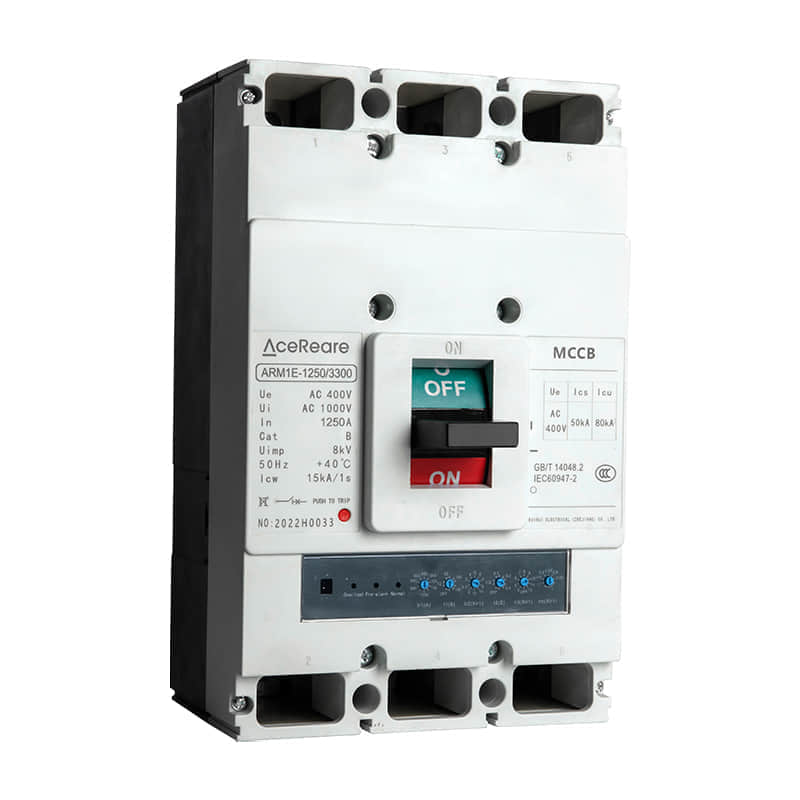Molded Case Circuit Breakers (MCCBs) play a critical role in modern electrical systems, ensuring safety and reliability by protecting circuits and equipment from overcurrent conditions. Within the MCCB assembly, various molded case parts are meticulously designed and constructed to perform their functions effectively. In this article, we will delve into the essential components of MCCBs, shedding light on their significance in electrical systems.

1. Frame Assembly

The frame assembly serves as the MCCB’s structural foundation, providing mechanical support and protection for the internal components. Typically made of durable materials such as molded plastic or metal, the frame assembly encapsulates all other parts, safeguarding them from environmental factors and physical damage. 2. Operating Mechanism The operating mechanism is the heart of an MCCB, responsible for opening and closing the circuit breaker contacts. Common types of operating mechanisms include thermal-magnetic, electronic, and hydraulic systems. Each mechanism type has its unique advantages, but they all work together to ensure that the MCCB responds promptly to overcurrent conditions. 3. Contacts Contacts are the electrical conductors within an MCCB that make or break the circuit. They are typically made of high-quality materials like silver or silver-plated copper, which possess excellent conductivity and resistance to arcing. The quality of these contacts is crucial to the MCCB’s overall performance, ensuring minimal contact resistance and maximum reliability. 4. Arc Chutes Arc chutes are designed to extinguish the electrical arcs that may occur when the MCCB’s contacts open or close. These devices effectively redirect and dissipate the arc energy, preventing excessive wear and damage to the contacts. They are often constructed from materials with high arc resistance, such as molded phenolic or ceramic. 5. Trip Unit The trip unit is an essential component responsible for monitoring the current flowing through the MCCB. It detects overcurrent conditions and initiates the opening of the contacts through the operating mechanism. Modern MCCBs often feature adjustable trip units, allowing for precise customization of the protection settings to suit specific applications. 6. Calibration and Adjustment Mechanisms Calibration and adjustment mechanisms enable the fine-tuning of an MCCB’s tripping characteristics. These mechanisms allow professionals to set precise current thresholds and time delays, ensuring that the MCCB responds appropriately to different fault scenarios. 7. Bimetallic Strips Bimetallic strips are integral to the thermal-magnetic trip units found in many MCCBs. These strips consist of two metals with different coefficients of thermal expansion, causing them to bend when exposed to excessive current. This bending action triggers the trip unit, disconnecting the circuit in response to overcurrent conditions. 8. Terminal Blocks Terminal blocks provide a secure connection point for incoming and outgoing electrical conductors. They facilitate easy wiring and help maintain a neat and organized MCCB installation. 9. Accessories and Auxiliary Contacts Accessories and auxiliary contacts expand the functionality of MCCBs by allowing for remote control, status monitoring, and signaling. These optional components enhance the versatility and adaptability of MCCBs in various applications. 10. Labels and Markings Clear labels and markings on molded case parts provide essential information about the MCCB, such as its electrical ratings, manufacturer, and compliance with industry standards. This information aids in proper installation, maintenance, and troubleshooting. In conclusion, understanding the various molded case parts within an MCCB is essential for ensuring the reliable operation of electrical systems. These components work together seamlessly to protect circuits and equipment from overcurrent conditions, making MCCBs a critical element in modern electrical infrastructure. Whether you are an electrical professional or an enthusiast, a deeper knowledge of MCCB components can help you make informed decisions when selecting, installing, and maintaining these vital devices.
